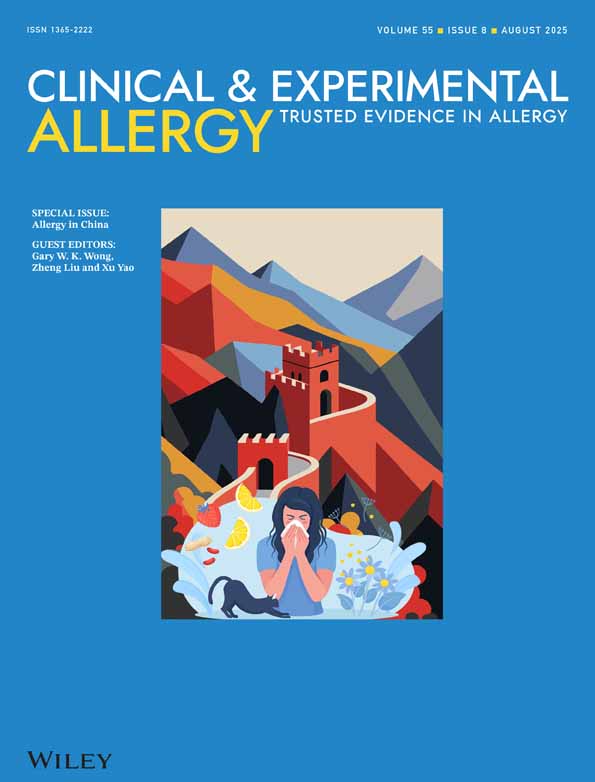Heparin-induced recurrent anaphylaxis
Summary
Background Heparin-related immediate-type hypersensitivity reactions like urticaria, angio-oedema or bronchospasm are very rare, and only a few cases of anaphylaxis-like responses because of heparin have been described. However, the mechanisms underlying these reactions and the role of mast cells in their pathogenesis have not been elucidated.
Objectives We report a patient with end-stage renal disease who presented with recurrent anaphylaxis after receiving heparin during haemodialysis. The underlying aetiology was obscured by the initiation of haemodialysis with its known anaphylactic-like side-effects. The diagnosis of hypersensitivity to heparin was confirmed by the clinical picture, positive skin tests and elevated serum tryptase levels.
Materials and methods We performed prick and intradermal skin tests with heparin, enoxaparin and danaparoid heparinoid. Total and mature tryptase levels were measured in serum by ELISAs at 1, 24 and 36 h following the reaction.
Results An elevated mature tryptase level was found at 1 h, which returned to normal levels at 24 and 36 h. A high total tryptase level was detected at 1 h, but remained somewhat elevated at 24 h. Prick tests were negative with the three compounds. Intradermal skin tests with heparin and enoxaparin were both positive, while with danaparoid negative. Following negative skin test results, danaparoid was used as an anticoagulant during dialysis for the next 3 years without any adverse effects.
Conclusions In conclusion, we report the first case of heparin-induced anaphylaxis confirmed by an elevated level of mature tryptase in serum. Following skin tests, the patient was treated with danaparoid during haemodialysis sessions three times a week without any adverse effects. Because of increasing use of heparin in daily medical practice, physicians should be aware of possible immediate hypersensitivity reactions to this medication and know how to diagnose and treat them.




